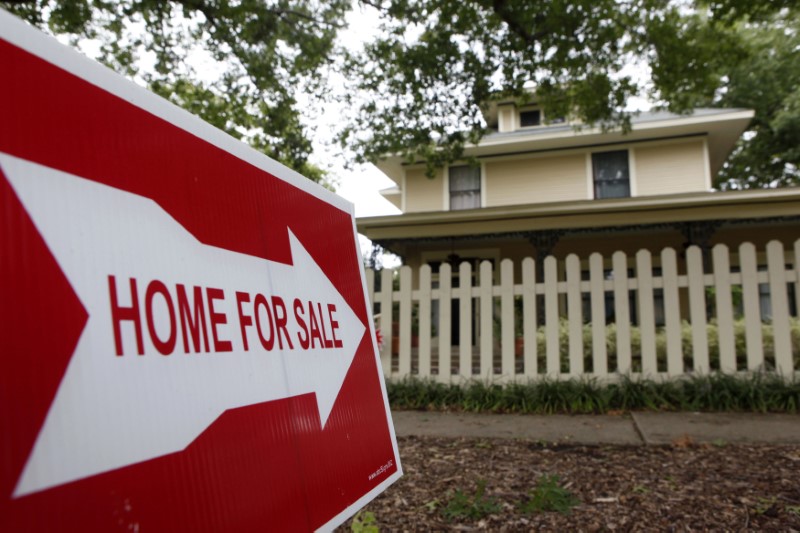By Geoffrey Smith
Investing.com -- The U.S. housing market weakened again in September as the effect of the Federal Reserve's interest rate hikes bit increasingly hard.
The number of housing starts fell by 8.1% on the month to 1.439 milllion, reversing a surprise increase in August. They're now down 7.7% on the year.
Single-family starts fell 4.7% on the month, continuing their steady decline, while multi-family starts largely reversed their spike in August, falling 13%.
By contrast, the number of building permits issued ticked up surprisingly by 1.4% to 1.564 million.
However, the rise was all due to an increase in permits for multi-family units, which tend to show bigger monthly swings, while single-family house permits continued to grind lower.
Eric Basmajian, founder of EPB Macro Research, noted that single-family permits are now down 28% from their peak, a sign that high prices and higher mortgage costs have put the cost of a new home beyond many. Data released earlier by the Mortgage Bankers Association showed that the benchmark rate for a 30-year home loan rose to 6.94% last week, its highest since 2002, while mortgage applications fell for the ninth time in 10 weeks, falling 4.5% from a week earlier.
Both housing starts and permits have been trending down all year as demand has normalized in the wake of the pandemic boom, fueled by rock-bottom interest rates and a desperate search for more space to accommodate remote working.
The slowdown has been particularly acute in the West, where the boom was most pronounced. Single-family housing starts are now down 30% from a year earlier. That echoed the findings of the latest report from the National Association of Home Builders, whose index of market activity also fell most sharply in the West in September.
The NAHB said on Wednesday that single-family housing starts are on course to fall for the first time in 11 years this year.
"While some analysts have suggested that the housing market is now more ‘balanced,’ the truth is that the homeownership rate will decline in the quarters ahead as higher interest rates and ongoing elevated construction costs continue to price out a large number of prospective buyers," NAHB chief economist Robert Dietz said.
